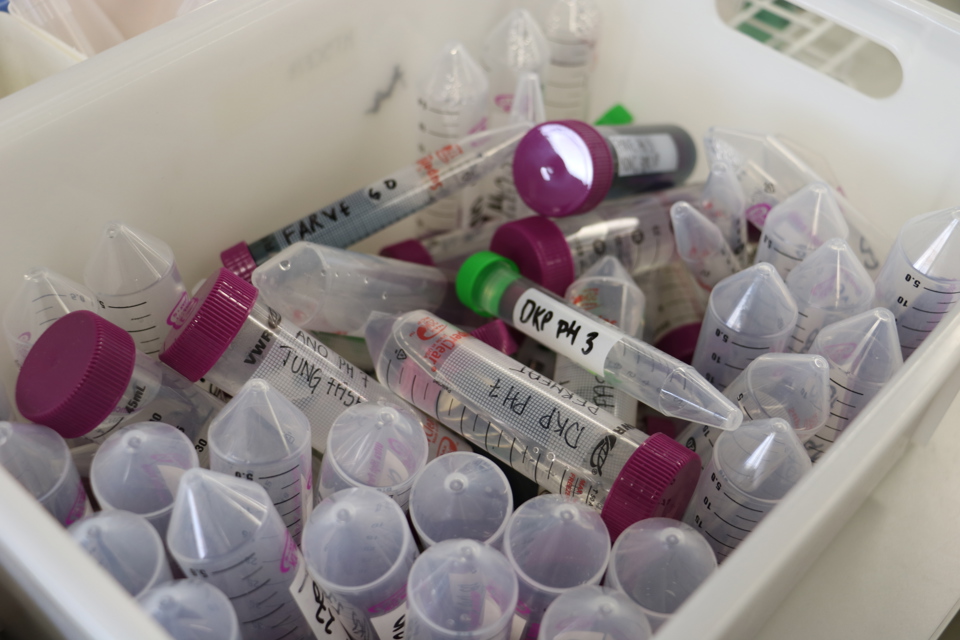In the AQUAlity project, the 15 PhD projects revolve around the removal of micro-pollutants in water. Peter Roslev explains: “In our society, we are continually introducing new chemicals that do something beneficial in one way, but which we are increasingly suspecting of having unwanted consequences for humans, animals or the environment – for instance sunscreen or other personal care products that may end up in surface waters and cause unexpected biological responses. In addition, we see situations where otherwise harmless chemicals appear in combinations where their interaction results in in harmful effects. Therefore, we need new methods for detecting and removing these micro-pollutants before they can do damage”. For this reason, the project partners work across disciplines and sectors, combining membrane technology with advanced oxidation processes, microbiology and toxicology. As such, one of the PhD student at AAU is under the supervision of Vittorio Boffa, who specializes in membrane materials, and one is under the supervision of Peter Roslev, who specializes in toxicology, disinfection and the optimization of biological activity with regards to the purification of drinking water.
Vittorio Boffa explains: “In order to remove micro-pollutants from contaminated water, we need to apply hybrid technologies. Membranes are really good for removing them from the water, but the problem with using membranes is that then you concentrate the micro-pollutants – for instance hormone-disrupting substances. Therefore, my PhD student will work on combining membrane technology with advanced oxidation processes – developed by other research groups in the project – in order to be able to destroy the micro-pollutants, once they are concentrated. She will be working on treating wastewater samples from for instance fish farms, wastewater treatment plants or surface water from polluted lakes, and our hope is that she can optimize the developed methods to a degree so that in the future they can be applied in real systems such as urban waterways or industrial water circuits.”
One such method that is being developed at Aalborg University is a process based on membrane distillation where water permeates through a membrane due to a temperature difference between the two sides of the membrane. The membrane is covered with radicals that are capable of destroying the micro-pollutants above 45 degrees, and so temperature is used in both the process where water is caused to permeate through the membrane and in the subsequent destruction of the pollutants.
Advanced measuring methods for evaluating water quality
In addition to the optimization of membrane-based treatment, the project participants also aim to develop new technologies for the detection and assessment of the micro-pollutants, as well as of the chemicals and substances they may transform into once they are in the environment. At AAU, this part of the project is headed by Peter Roslev. In the framework of the AQUAlity project, a list of 12-15 problematic compounds have been selected, and each PhD student has chosen which specific compounds he/she wants to work with over the course of three years. The compounds include typical chemicals used on an everyday basis in our society, such as pharmaceuticals, pesticides, flame-retardants and additives in plastic materials.


